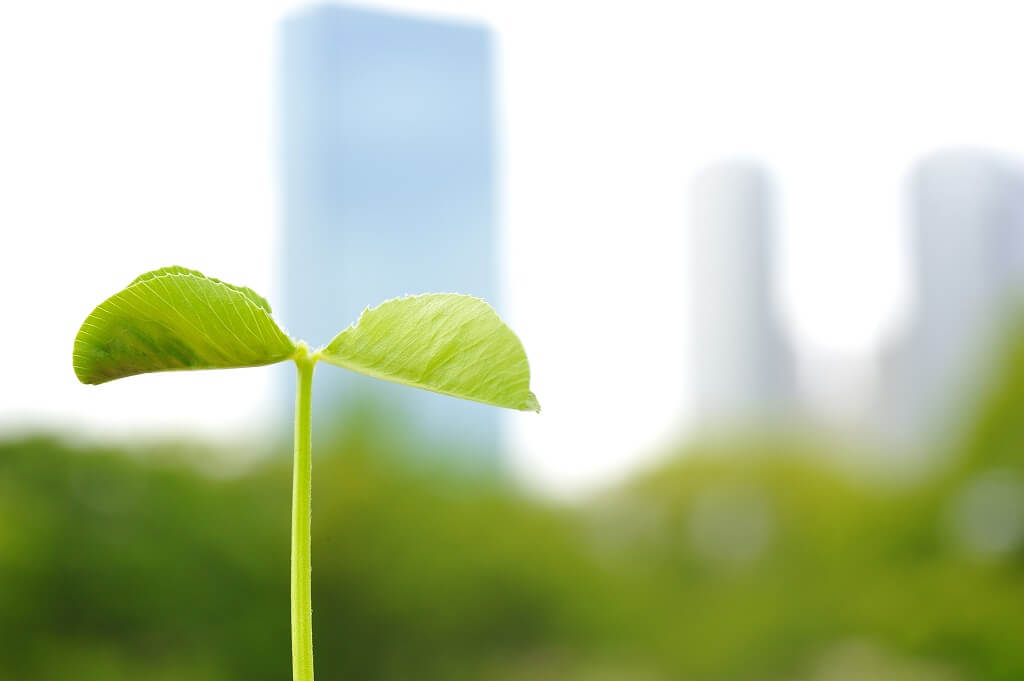It’s set to be the next trillion-dollar industry, and now developers of office space are looking to capitalize on one of the world’s biggest growth trends: health and wellness.
In Australia, companies like Mirvac and Frasers Property are among those leading the way, designing workspaces that encourage employees to walk longer distances to hold meetings, and to climb stairs rather than catch lifts. They’re also pushing management techniques to change people’s behavior and lifestyle choices, offering carrots – literally – rather than sticks.
For a great office, they believe, will help both build and retain a fit, healthy, happy workforce that will boost productivity and, in turn, improve any firm’s bottom line, reports Commercial Real Estate.
“We know that 31 percent of the burden of disease can be prevented, and that we spend $8 billion on mental health services a year, with poor mental health in the workplace costing Australian businesses an estimated $11 billion a year in absenteeism and reduced productivity,” CEO of the Green Building Council of Australia Romilly Madew told Commercial Real Estate’s Symposium17 last week.
The headquarters of Frasers Property in Rhodes was designed to maximize employees’ health and well-being, the company said.
A report from international management consulting firm McKinsey singled out increased spending around the world on health and wellness as a major driver of the global economy, and predicted that it will soon be an industry worth $3.76 trillion.
In Australia, developers of office space are taking that to heart. Andrew Butler, Mirvac Property Trust group executive of office and industrial, said health and well-being was one of the top three considerations now on trend for developers, alongside employee engagement and technology.
Frasers Property’s executive general manager commercial, industrial and IP, Reini Otter, said measuring the impact of the environment of his company’s new head office at Rhodes on employees had shown a substantial positive effect on health and well-being.
”Australia is really leading the way in creating healthy, sustainable workplaces,” he said. “In many ways, the built form is the easy one. If you have enough time and money, you can get the best people to create the most amazing spaces. … We wanted to make sure the space was well-located, allowed people to work flexibly with collaborative space and foster a strong sense of community, so they would identify with their workspace, which impacts on their sense of well-being, too.”
Physical innovations in the office include adjustable LED lighting that changes throughout the day, as well as individually-set heating and cooling temperatures. Air quality is also kept as high as possible.
While technology reinforces sedentary behavior, there has also been a lot of thought put into how to push people to move around more. A large hole was cut into one level of the building to create a double-height central space so everyone could see each other better, encouraging them to physically visit different work stations, mingle more and talk.
In addition, four kitchens were merged into one, so people have to walk further to reach it, and meeting rooms were places around the perimeter of the office, which also involved walking more.
The Green Building Council of Australia’s Green Star system, Australia’s only national and voluntary rating system for buildings and communities, is also helping to improve the health and well-being of people, officials said. Currently, 30 percent of office space is Green Star-certified and 5 percent of the workforce head to a green office each day.


